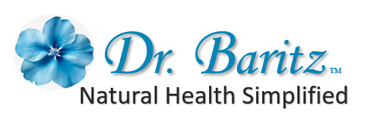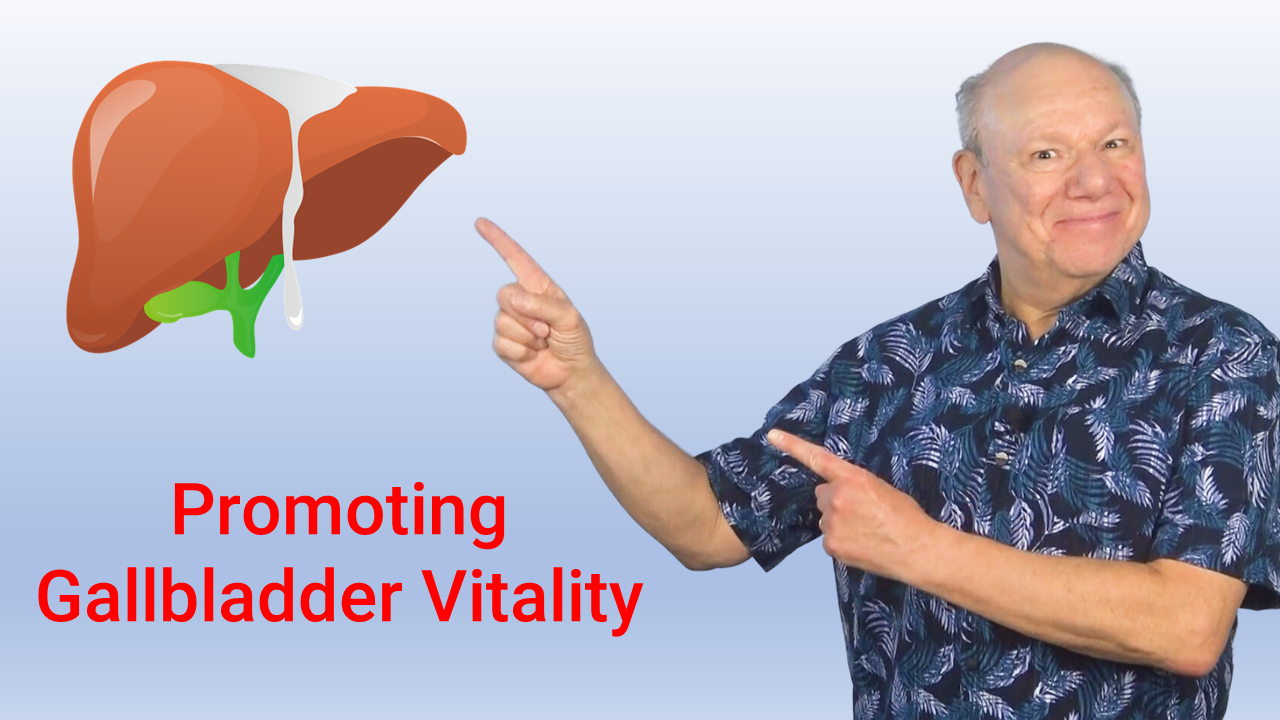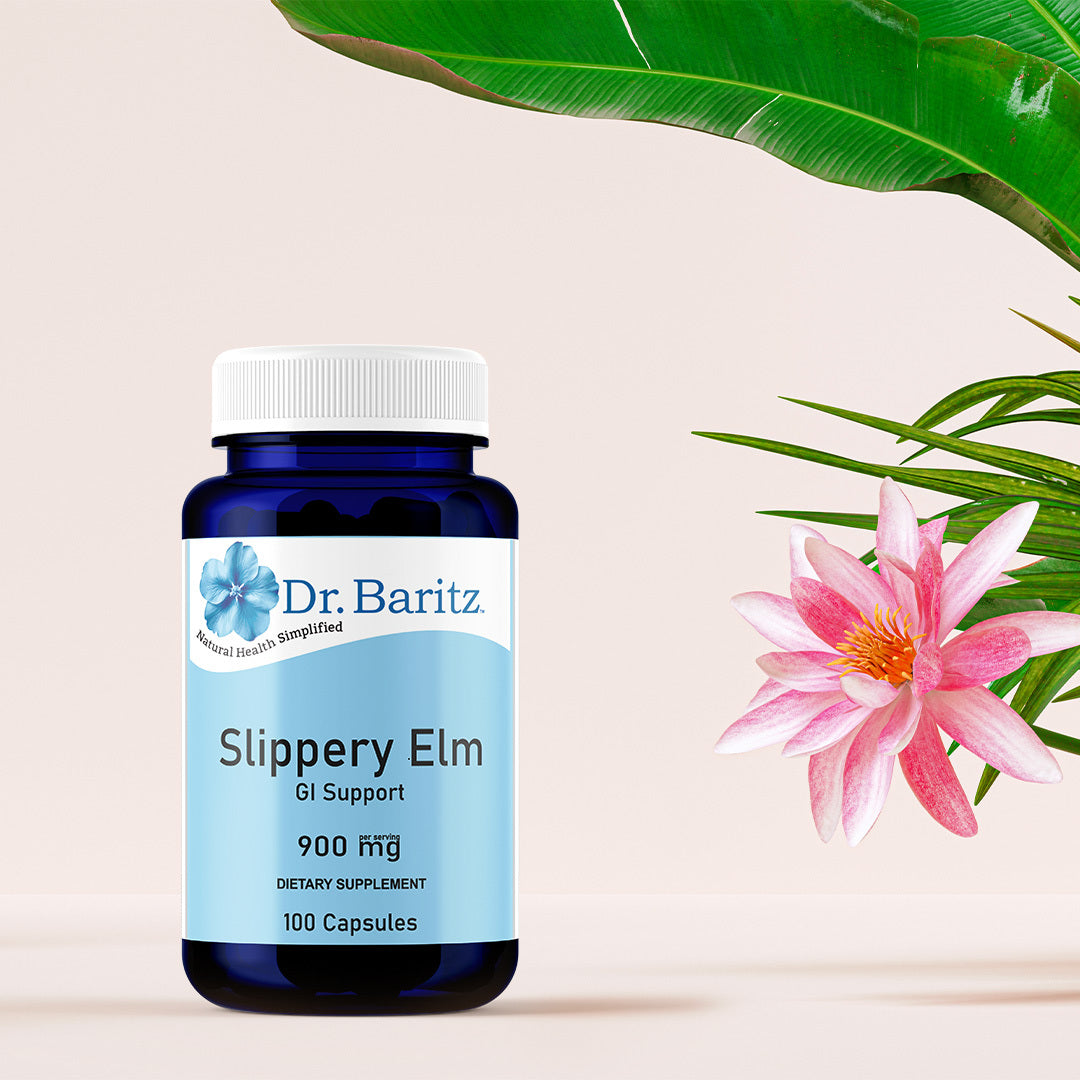Welcome to your free mini course
Promoting Gallbladder Vitality
The gallbladder is a small, pear-shaped organ located beneath the liver. Its primary function is to store and concentrate bile, a digestive fluid produced by the liver. When we consume fatty foods, the gallbladder contracts and releases bile to help digest fats.
Stress, hormonal imbalance, low fat diets, low fiber diets, and other factors can cause gallbladder problems including gallstones. Gallstones take years to develop and most people with gallstones have no obvious symptoms.
Through videos, texts, and images, you will learn about herbs, acupressure, and lifestyle choices that support healthy gallbladder function. Let’s started with 12 signs of gallbladder dysfunction.
In addition to gallstones there are twelve signs that your gallbladder may be in trouble:
Bloating after meals, constipation, dark urine, gas shortly after eating, itchy skin (especially at night), nausea, neck pain, pain under your ribs on the right side, pale, gray and/or floating stool, shoulder pain (especially right shoulder), upset stomach thirty minutes to four hours after eating, watery stools, and loss of bowel control.
If you have gallstones or any of the twelve signs listed above, then you might have gallbladder dysfunction.
---
Gallbladder flushes sometimes help, but they don’t get to the source of the problem and sometimes cause additional problems.
The root of most gallbladder symptoms is reduce bile production and reduced bile flow. So I prefer a gentile two-step approach to improve bile production and flow.
Step 1: Quickly reduce symptoms using herbs, acupressure, and intermittent fasting.
Step 2: Over time reduce the size and number of gallstones, with targeted healthy lifestyle choices in addition to herbs, acupressure, and intermittent fasting.
---
Intermittent Fasting for Gallbladder Relief
Intermittent fasting (IF) is an eating pattern that alternates between fasting and eating on a scheduled basis. It involves limiting food intake to specific time periods, such as eating only during an eight-hour window each day or having one meal a day. Fasting gives your liver and gallbladder a chance to rest and recover. There are many intermittent fasting plans, I suggest you start with the one that suits your lifestyle and don’t be afraid to mix and match.
The Eating-Window Fast: eat during a limited window (usually two to eight hours) and fast for the rest of the day.
The Dinner-to-Breakfast Fast: you eat a normal dinner then fast till breakfast the next day.
The Dinner-to-Dinner Fast: you eat a normal dinner then fast till dinner the next day.
The Skip-Day Fast: this fast takes place over three days. On day one you have dinner as usual, on day two you fast, and on day three you resume eating on your usual schedule.
Longer Fasts: as your body gets used to fasting, you may try longer fasts. However I recommend that you consult with an experienced health care professional before attempting to fast more than a few days in a row.
Warning: if you are underweight, have a history of eating disorders, or encounter too much trouble when fasting I strongly recommend that you only fast under professional supervision.
1) Exercise: aerobic exercise 150 minutes per week and strength training twice a week. 2) Intermittent Fasting: intermittent fasting has been shown to improve circulation and nerve flow. 3) Address chronic conditions: Work with a health care professional to manage diabetes, heart disease, and other health conditions. 4) Reduce alcohol & drugs: Avoid alcohol, don’t use recreational drugs, and work with your doctor to reduce prescription meds. 5) Reduce stress: Keep a sense of humor, set aside time for reading, listening to music, or playing an instrument.
---
Legal Stuff
This Course Does Not Provide Medical Advice The information, including but not limited to video, text, images, and other material contained in this course, are for informational purposes only. No material in this course is intended to be a substitute for professional medical advice, diagnosis, or treatment. See supplement label for most up-to-date product information. Always seek the advice of your physician or other qualified healthcare professional with any questions you may have regarding a medical condition or treatment and before undertaking a new healthcare regimen. Never disregard professional medical advice or delay seeking it because of something that you have heard, seen, or read in this course. Statements have not been evaluated by the Food and Drug Administration.Products and procedures mentioned are not intended to diagnose, treat, cure, or prevent any disease.






















